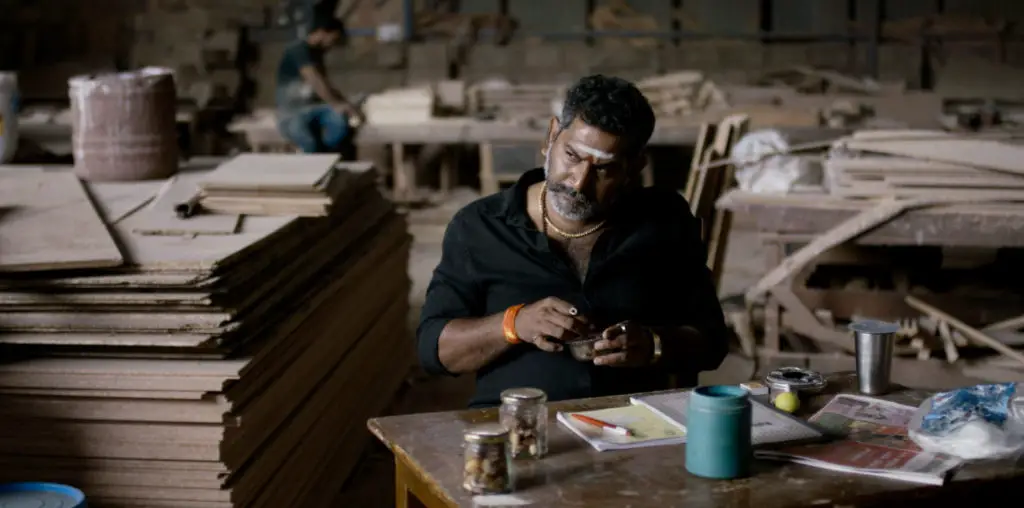
Computer technology makes it easier to make films. But does technology make it easier to make good films? ^ I would say yes, in the sense that being able to afford the new low-cost, high-quality DV technology frees up indie producers from the worries and creative constraints imposed on them by the cost of renting expensive film and video equipment under the classic method of production. (I’m assuming that you’ve gone out and bought your own DV camcorder.) If you’re not under the gun to get your project shot in two weeks-because your budget allows
you just enough money to rent the film camera, etc., for that amount of time-then you have the time to think more carefully about your set-ups, your shots, and hopefully even more time to rehearse with your actors.
In other words, budget constraints aren’t going to force you to shoot in haste and repent in the edit room. In that sense, I think the technology does help you, or at least it should encourage you to make a good film.
What inspired you to create this book? Did you perceive an absence in high-tech education in film schools, thus deciding to fill that gap with the book? ^ I can’t say I did an exhaustive study of what was being used in film schools. But I did notice that there were no books about using QuickTime to make movies per se. There are some great books on QuickTime as a software application.
Peachpit’s Visual QuickStart Guide is the best example. But these are essentially software manuals. I thought it would be useful to write a book about digital movie making, relying primarily on QuickTime, since it’s so popular and so inexpensive ($30 for the Pro edition). It was basically QuickTime 4, which introduced easy editing and playback of MPEG files as well as the traditional codecs, that made me realize how cheaply I could edit a feature-length movie on the desktop for digital screening.
The book goes beyond the tech “how-to” and includes invaluable advice on the entire production of a film, from the incorporating of a film production company through the seeking of exhibitors. Why did you decide to add this non-tech material to this high-tech text? ^ I wanted the book to be as complete as possible for people who are starting out or just getting into it. It seemed to me that I should use every aspect of my own experience in making an independent production. So I thought it should include information on finding screening venues as well as raising capital, especially now that there are so many new venues for showing independent movies, whether you’re in Boston, New York, Los Angeles, Chicago, San Francisco or Dallas.
Independent filmmakers have been quick to pick up the new technology for filmmaking, but most of the Hollywood titans (George Lucas being the obvious exception) are rooted in the traditional 35mm film approach. Why do you feel there has been such reluctance from Hollywood to passionately embrace so much of the new filmmaking technology? ^ I think the short answer is that if the entire industry turned completely to the new technology overnight, it would put a lot of people on film crews out of work. So I’m sure there’s a certain element of wariness and protectiveness about it–and that’s not a bad thing. There’s a whole machine in place in Hollywood for getting the job done in film, after all, and most likely the producers and studio heads don’t want to cause any problems beyond what they normally have to deal with in the production of any movie. On the other hand, it didn’t take long for the Avid to sweep through the industry for film editing, in spite of early skepticism. So I think it won’t be much longer before the rest of Hollywood gets into digital as well.
Likewise, relatively few venues are equipped to project films shot on DV or HD (I am thinking of the new Russian Ark, which was shot in a single 87-minute take using a special HD camera but which has to be shown in a muddy 35mm print complete with continuity-breaking reel changes). Why have the major exhibitors been so slow to adapt? ^ That I think is more easily an answer of dollars and cents. From what I’ve read, many exhibitors are still in huge debt from the major expansion of screens and theaters they undertook over the last decade (Loews and General Cinema, for example). The last thing they want to do now–meaning probably for the next five years or so–is go into more debt installing new high-end digital projectors. So I think they’re just in no hurry. They figure they can still rake it in with Attack of the Clones in a 35mm print rather than digital.
Having said that, some of the smarter independent theater owners are adding small 40 and 50-seat theaters with overhead LCDs for a more low-scale but very effective digital theater experience.
Get the rest of the interview in part three of JOHN FARRELL: A BYTE OF CINEMA>>>
